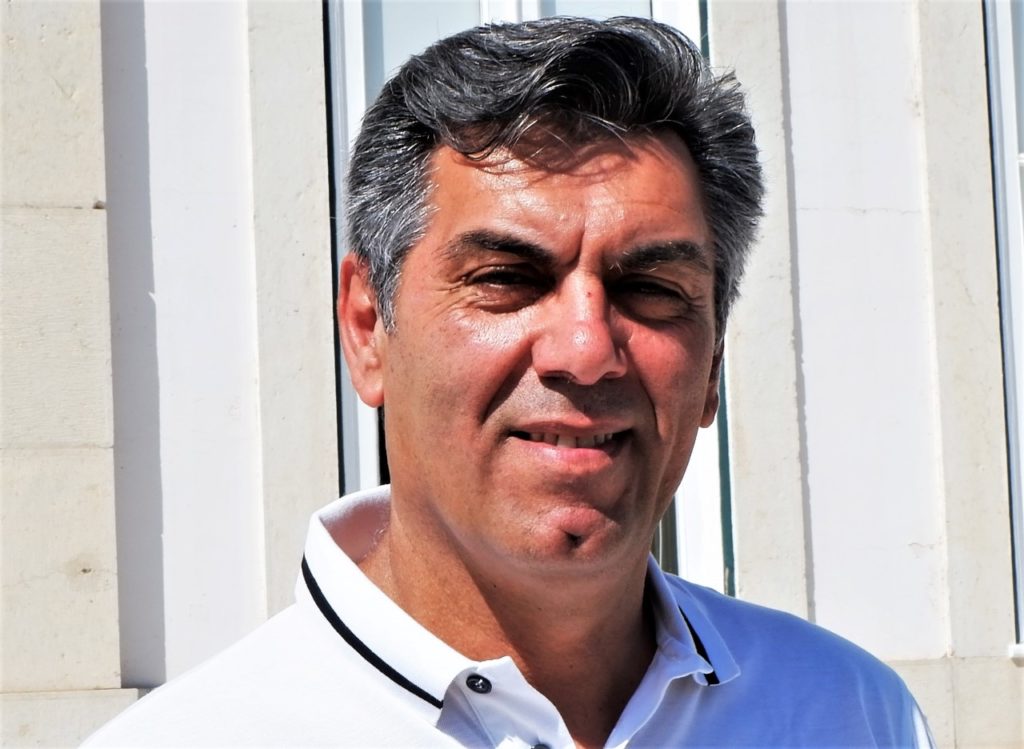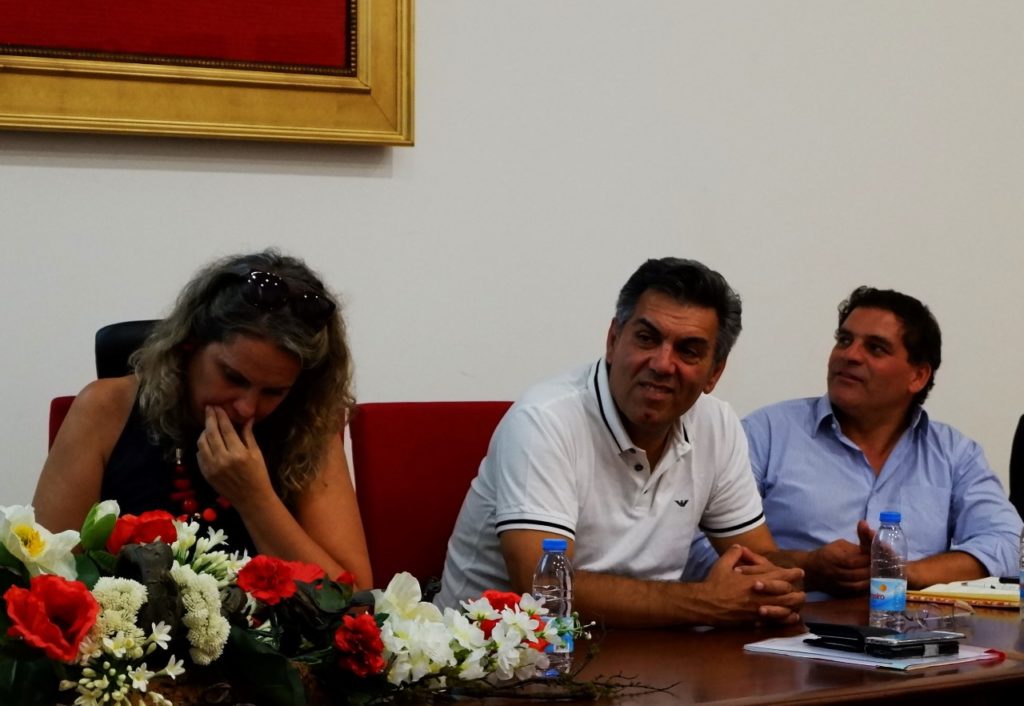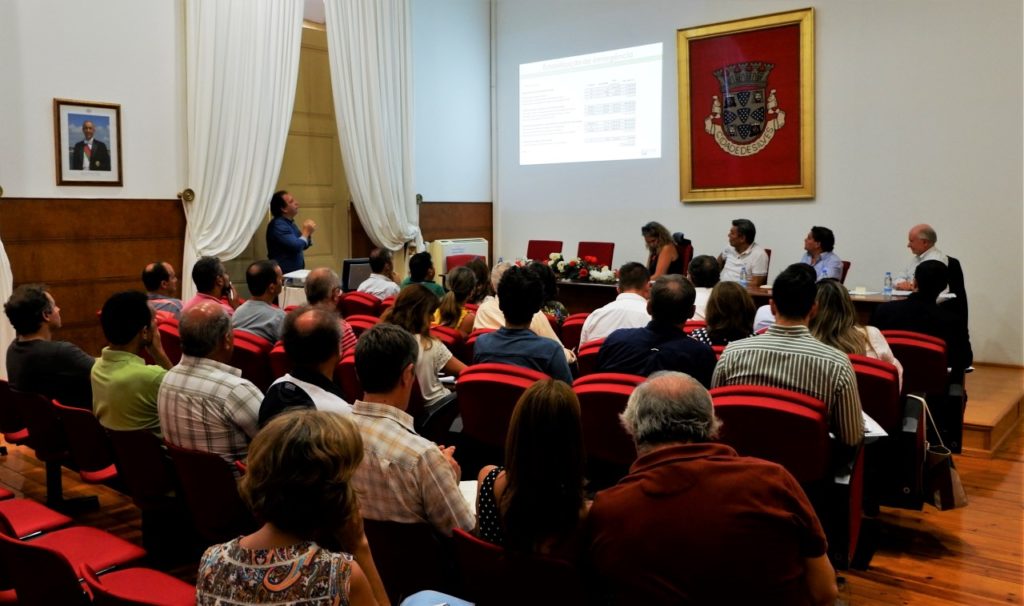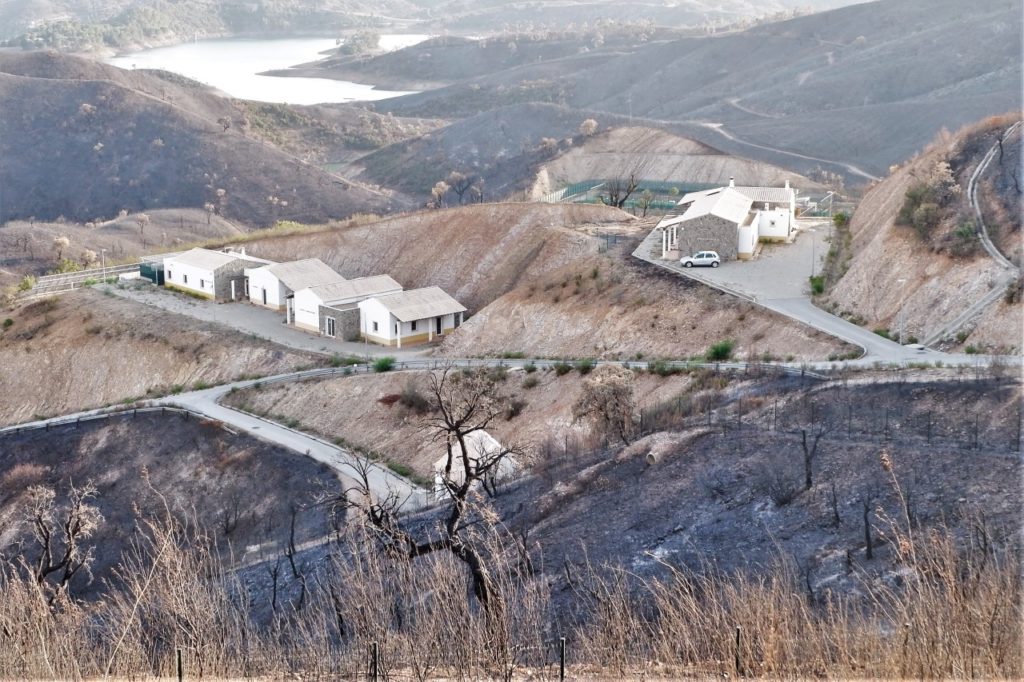Aerial seeding, which will be carried out soon after the first rains, and mobilization of Civil Protection agents to ensure the rapid implementation of the most urgent actions to stabilize the soil, after the fire that caused great destruction in the municipalities of Monchique and Silves, in August.
These are the two main pillars of the plan that the Government and local entities are going to put in place, to ensure that the soils of the fire-affected areas are, as much as possible, protected from erosion when the rain arrives.
These actions are joined by others that will serve to prevent the water lines and reservoirs of the Odelouca and Arade dams from being contaminated.
The Secretary of State for Forests and Rural Development was this Tuesday in Silves, to see on the spot the damage caused by the flames in two state properties, Herdades da Parra and das Santinhas, and talking to local authorities, forest producers and representatives of various public entities with competences in the area of forestry and the environment.
«We started by visiting Serra de Silves, because it has two emblematic public spaces: Herdade da Parra, which burned at around 50%, and Herdade das Santinhas, where the Iberian Lynx National Reproduction Center is located. And what we decided was that, since these two areas are not wooded, it is necessary to carry out, right after the first rains, a quick aerial seeding operation», Miguel Freitas explained to journalists, after his tour of the land.

The member of the Government explained that this solution will be applied in areas "where there is no afforestation, which is the case in most of Serra de Silves". Here, “grass and leguminous plants, in other words, arables, will be sowed to protect the soil right after the first rains”. The area to be sowed must have "an extension of 300 hectares".
«The flight to sowing will have to wait for the first rains, but it is already organized and programmed. Now, it is necessary that it rains first, so that there is moisture in the soil, so that the seeds can germinate with the following rains», reinforced Miguel Freitas.
In wooded areas, «what is recommended is the cutting of the burned wood and its shattering and spreading it, in the form of chips, on the ground, in order to preserve it. In areas where there is a greater slope and the fire was very severe – that is, where it burned everything – it is very important to build palisades, to sustain soil erosion,” he added.
The "first major priority actions" will be carried out "by mid-October". That is why Miguel Freitas went to the his Algarve, to «study what the most appropriate measures are and, above all, with the Municipalities, Parish Councils and associations of forestry producers, to consider which applications we will make».

For this, there are, at the outset, 4,5 million euros, the budget made available by the Government to "do the so-called emergency stabilization, in other words, what is needed to preserve the soil against erosion".
“There is an ongoing application period, which ends at the end of the month. We still have ten days to complete them. The managing authority of the PDR 2020 is here with us today, who came here to answer questions and seek to adapt the requirements of these applications to the measures of this Operational Program», he said.
The Secretary of State for Forests and Rural Development spoke “with the two producer organizations in this region, Aspaflobal and Viver Serra, and with the local authorities, to find out how we will coordinate and coordinate so that these actions are effective. They are urgent and some are even more urgent. For these, we are available to work with all Civil Protection operators, similarly to what happened last year».
“We are going to carry out an action in the municipality of Silves and another in Monchique, with all Civil Protection agents, so that, in the place where there is greater priority, we can act urgently. Today we are going to program the actions and the calendar», he revealed.
«Last year, we involved the Special Fire Brigade, the GIPS of the GNR, the ICNF National Corps of Forestry Agents and the sappers of the forest producer organizations. It is a joint effort that we make, in localized areas, in areas of greatest urgency for intervention», added Miguel Freitas.

Yesterday's meeting in Silves also included the participation of the Institute for the Conservation of Nature and Forests (ICNF), the Portuguese Environment Agency (APA) and the company Águas do Algarve, public institutions that are «working with each other, to make a action of preservation and conservation, not only of the soil, but also of the water lines and the two large reservoirs that exist in this area. It is important not only to look at the soil, but also at water pollution”.
The contamination of water lines and the reservoir itself of the two dams in the area affected by the fire is, admits Miguel Freitas, a possibility.
“If there is a big flood, it is possible that the dams will be contaminated. I remember that, last year, the work we did on emergency stabilization largely prevented this type of phenomenon from happening, but there were some cases here and there where this happened. This emergency stabilization will not 100% prevent this from happening, but it is a way of mitigating soil erosion and water contamination resulting from rain», concluded the Secretary of State for Forests and Rural Development.



















Comments